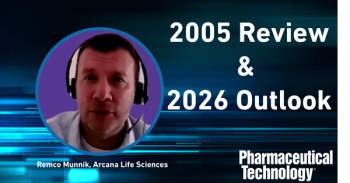
- Pharmaceutical Technology-03-02-2009
- Volume 33
- Issue 3
Coming Down the Pike: Treating Epilepsy
Scientists studying epilepsy have traditionally focused on the comings and goings of ions through molecular channels in nerve cells, and many current antiseizure therapies seek to modulate that dynamic.
Scientists studying epilepsy have traditionally focused on the comings and goings of ions through molecular channels in nerve cells, and many current antiseizure therapies seek to modulate that dynamic. However, some people don't respond to channel-based therapies, causing scientists to look further for other molecular activities to target therapeutically in epilepsy management. A recent report suggests they may have found one. A paper published in Nature Medicine points to a possible inflammatory interaction between white blood cells and blood-vessel walls that appears to damage the barrier that prevents unwanted substances from flowing into or out of the brain, the so-called blood–brain barrier. The researchers found an increase in "sticky" adhesion molecules on both white blood cells and on the cells lining the blood vessels in the brain of mice in whom epileptic-like seizures had been induced. This interaction, they proposed, might be therapeutically blocked by monoclonal antibodies, thus reducing the severity and incidence of seizures. Source: P.F. Pabene et al., "A Role for Leukocyte–Endothelial Adhesion Mechanisms in Epilepsy," Nature Medicine 14, 1377–1383 (2008).
Articles in this issue
almost 16 years ago
Pharmaceutical Technology, March 2010 Issue (PDF)almost 17 years ago
New Leadership and More Resources Aim to Modernize FDA Operationsalmost 17 years ago
Inside USP: Heparin Monographs Further Revisedalmost 17 years ago
Changes to Vial Labels May Affect Patient Safetyalmost 17 years ago
A Call for Transparency in Research and Marketingalmost 17 years ago
Critical Challenges Require Core Valuesalmost 17 years ago
Detective WorkNewsletter
Get the essential updates shaping the future of pharma manufacturing and compliance—subscribe today to Pharmaceutical Technology and never miss a breakthrough.




